Luxembourg City Historic Walk (part deux)
0 Comments Published by Cedric Benetti on Wednesday, August 20, 2008 at 8/20/2008 02:54:00 PM.OK, so last time we left at the Chamber of Deputies, so we take up our tour where we left it, in front of the grand-ducal palace, at the "Krautmaart" (meaning "Herbal Market", the name of the street, and also the place where the medieval market was situated. But as the Chamber of Deputies building is located on Krautmaart, 'Krautmaart' is used as a metonymy for the Luxembourgish legislature.
the Grand-Ducal Palace, dating back to Renaissance times of 1572 when it served as town hall. Then renovated it became the prefecture headquarters under the French occupancy in 1795. Then it served as residence of the governor in 1817 under the Dutch occupation. With the accession of the House of Nassau-Weilburg in 1890, the palace was reserved exclusively for the Grand Duke and his family.
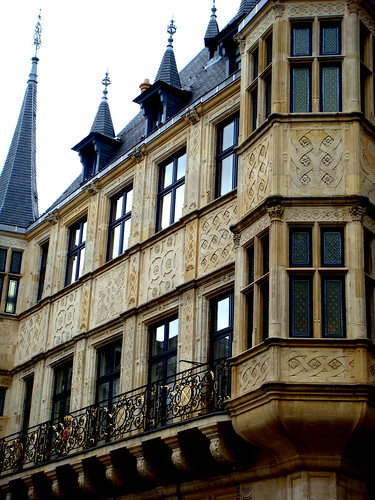
During the German occupation in WWII, the Grand Ducal Palace was used by the Nazis as a concert hall and tavern. Extensive damage was done and much of the palace's furniture and art collections was ruined. With the return of Grand Duchess Charlotte from exile in 1945, the palace once again became the seat of the Grand Ducal Court.
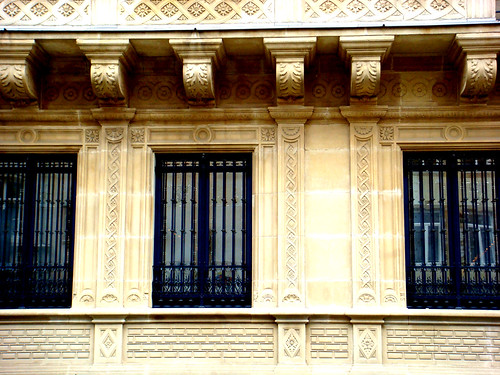
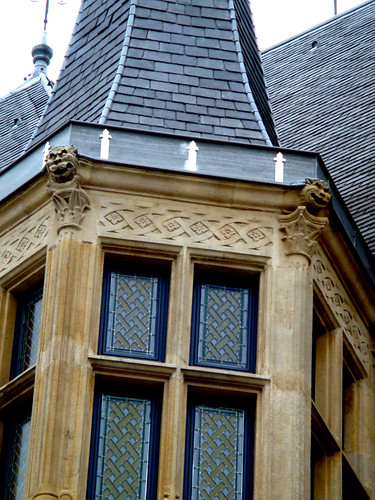

The Chamber of Deputies holds session in the Hôtel de la Chambre, located on Krautmaart. It was originally built between 1858-1860 as an annex to the Grand Ducal Palace, which had, until then, been used as one of many venues for the Chamber's convocations. The building was designed by Antoine Hartmann in a unified historicist style, combining elements of neo-Gothic, neo-Renaissance, and neo-classical architectural genres.
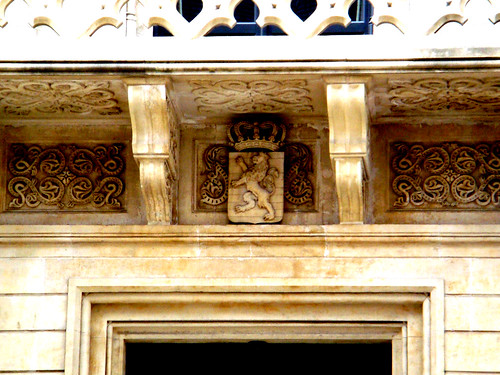

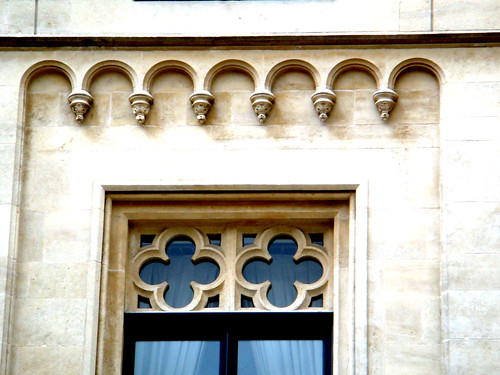
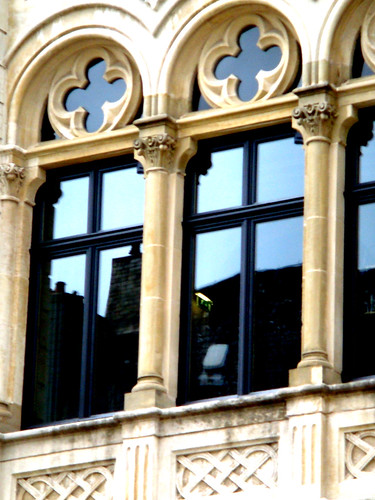
the new justice courts, still not finished, and matching in style the old city buildings, in order not to break the harmonious general view
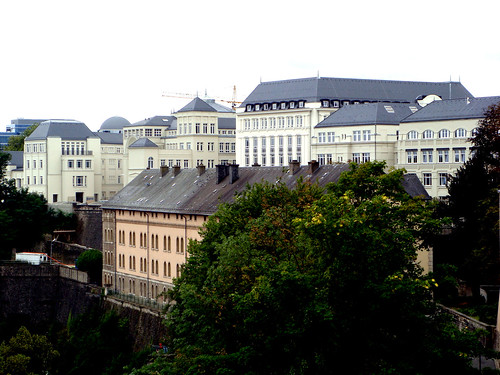
view onto the plateau du Rahm and parts of the Wenzel fortification wall
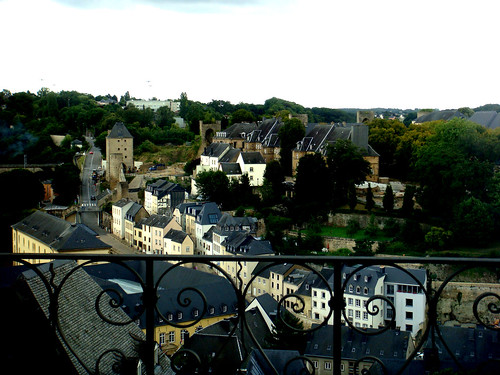
in the "Breedewee", the street going down, passing the old gates of the city and ending up in the Grund
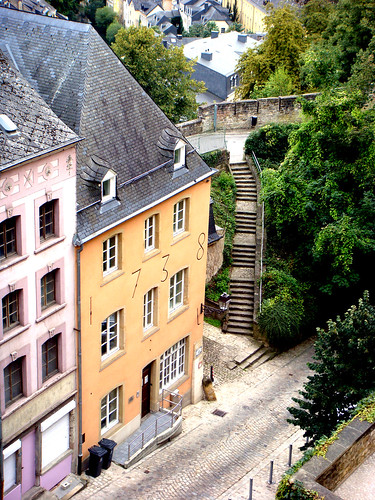
The new courts of justice
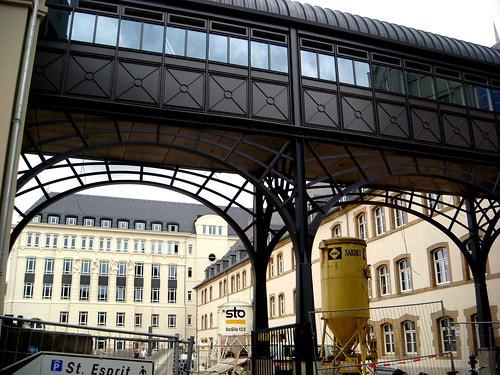
the main building bearing four monumental atlantes, holding the facade together
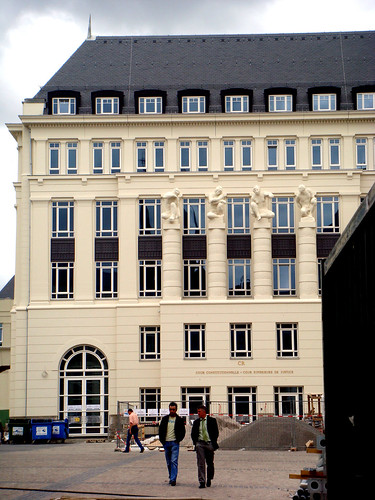

the protestant church
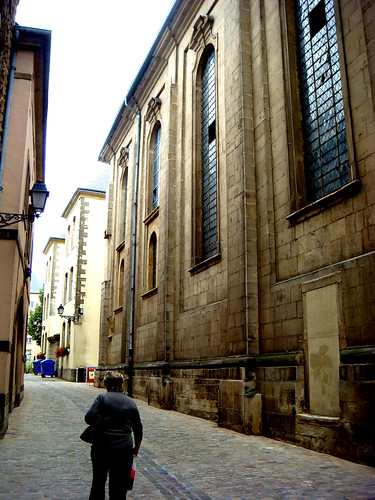
ministry of the government and office of the prime minister, this is the Hotel de Bourgogne, in the governmental area of the city, surrounding place Clairefontaine
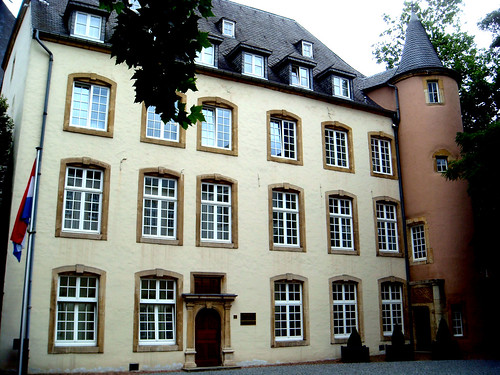
Place Clairefontaine with the monument to Grand-Duchess Charlotte
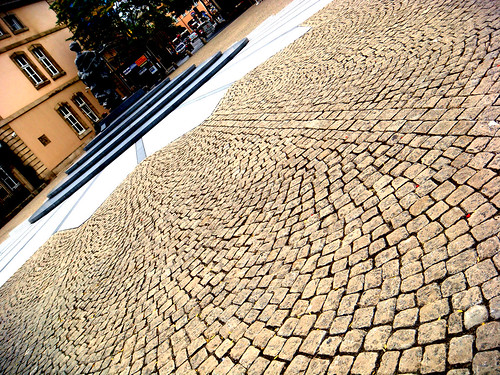
In Hotel Saint Maximin (1751), the Ministry of foreign affairs has nowadays its offices
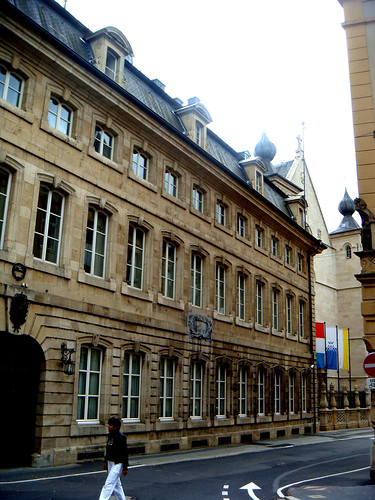
the door to foreign affairs
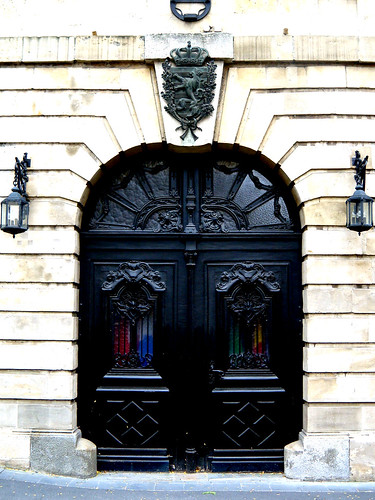
yet another streetcorner with a pieta in it

look at the detailing in the ironwork for those window bars, they bear arms
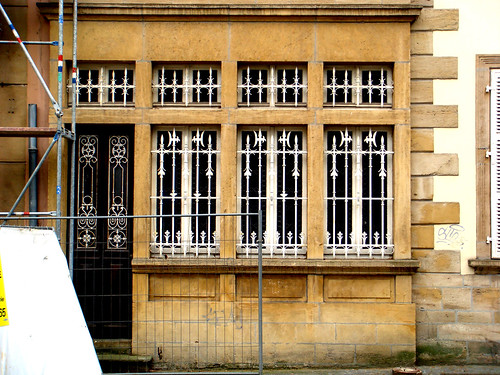
the towers of the cathedral
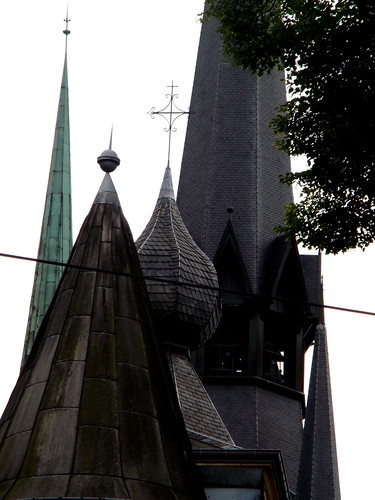
On Place Guillaume II stands an equestrian statue of Grand-Duke William II
In Luxembourgish, this place is known as "Knuedler", from the Luxembourgish word for 'knot' (Knuet), referring to the knot in the belt worn by Franciscan friars since this site was originally a franciscan monastery
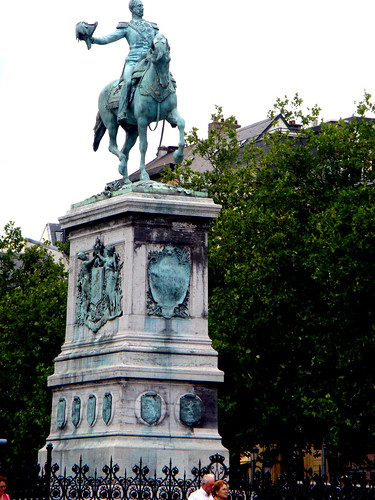
the trash can on the Knuedler
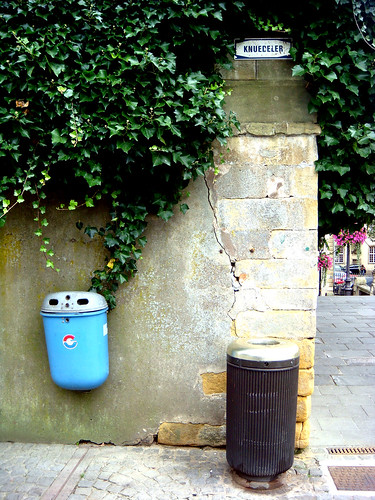

Labels: Architecture shot, Luxembourg, photography

























0 Responses to “Luxembourg City Historic Walk (part deux)”
Post a Comment